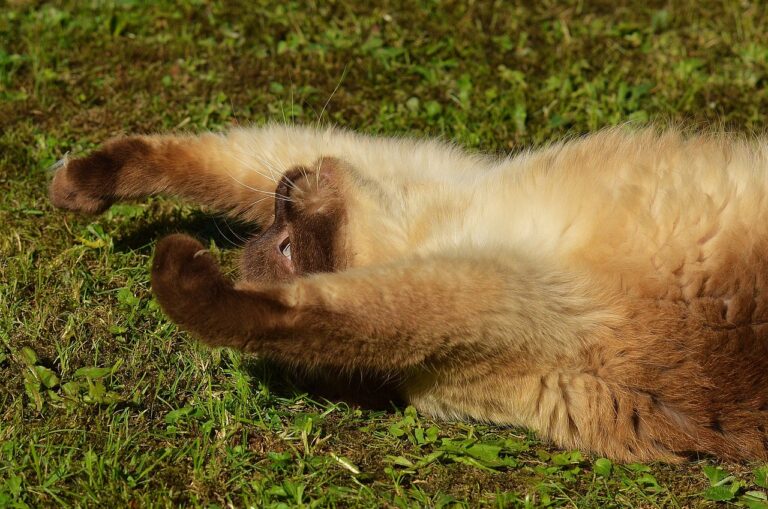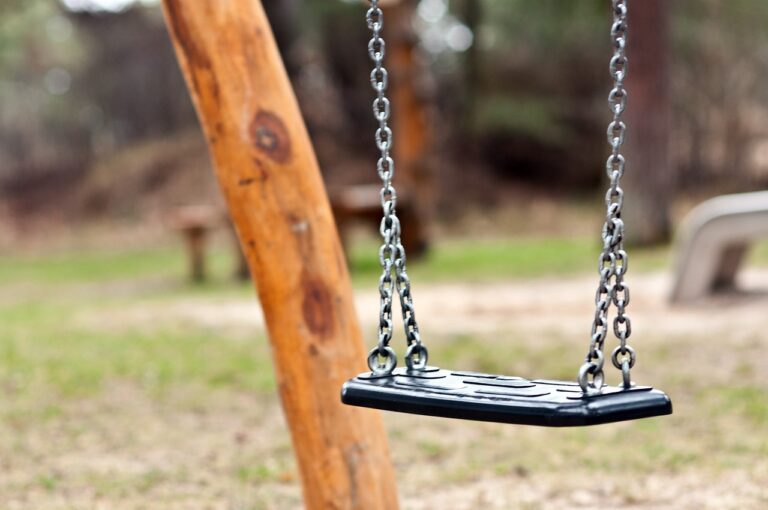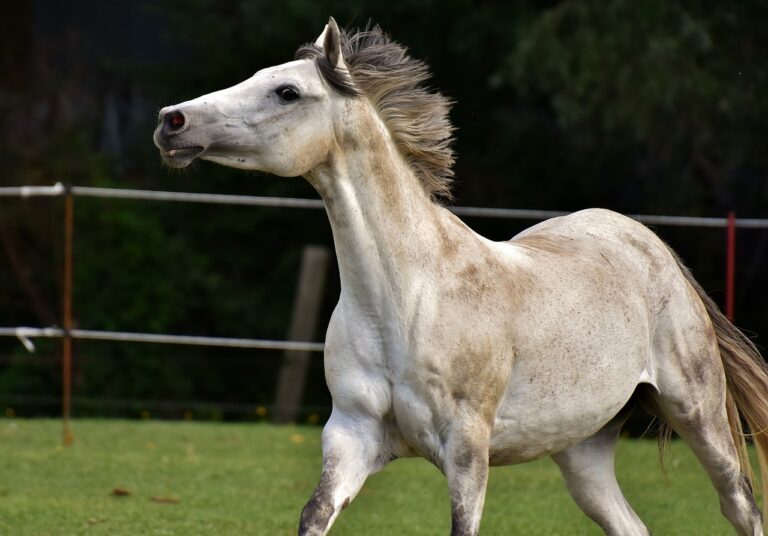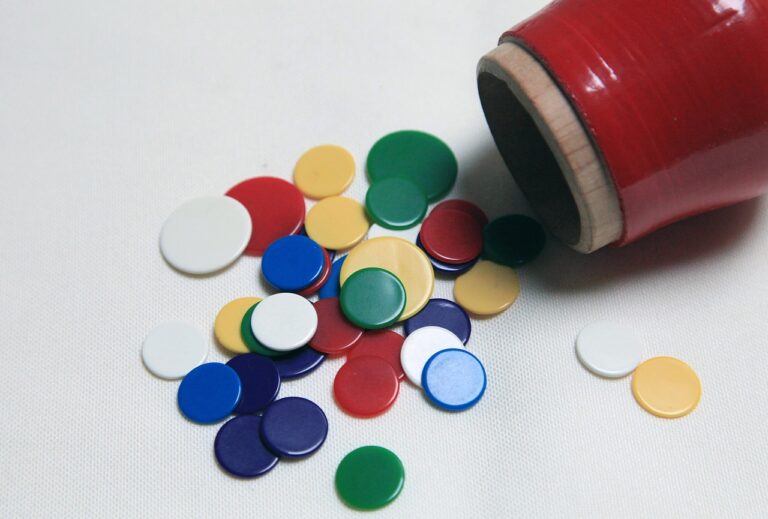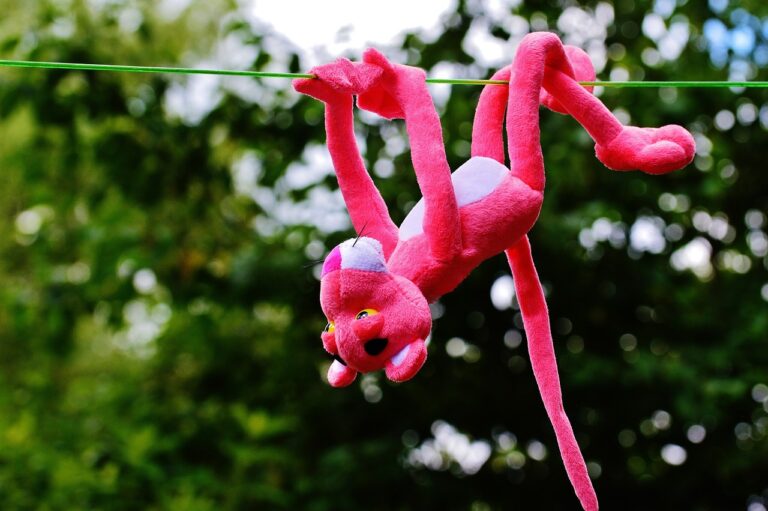Investigating the Environmental Impact of Cricket Equipment Manufacturing
Khiladi ID Login, Mazaplay: Cricket equipment, such as bats, balls, gloves, and pads, require a meticulous selection of materials to ensure optimal performance. The most common material used for cricket bats is English willow due to its excellent strength-to-weight ratio, providing players with the right balance of power and control. Willow is favored for its natural grain structure, which allows for better shock absorption and responsiveness on impact. For cricket balls, a key component is leather, which is typically sourced from high-quality hides to ensure durability and consistent bounce.
In addition to willow and leather, various other materials are used in the production of cricket equipment. For example, synthetic materials like polyurethane and rubber are often incorporated into gloves and pads to enhance grip and protection. Titanium and carbon fiber are also utilized in the manufacturing of modern cricket helmets, offering lightweight yet robust head protection for players. Considering the wide range of materials involved, the production of cricket equipment involves a delicate balance between tradition and innovation to meet the evolving needs of players at all levels.
The Manufacturing Process of Cricket Bats
Cricket bats are crafted with precision and skill, using a combination of traditional techniques and modern technology. The process begins with selecting the finest grade English willow, renowned for its strength and durability. The willow is carefully cut into the desired shape and size, ensuring the perfect balance and weight for a batsman’s comfort and performance.
Next, the bat undergoes a meticulous shaping process where the blade is carved to the desired thickness and curvature. Skilled craftsmen use specialized tools to refine the edges and create the distinctive shape of the cricket bat. Finally, the bat is sanded and polished to a smooth finish, ready for the application of protective coatings and the addition of the grip. Each step in the manufacturing process is crucial to producing a high-quality cricket bat that meets the exacting standards of professional players and enthusiasts alike.
The Carbon Footprint of Cricket Ball Production
Cricket ball production carries a significant carbon footprint due to the materials and processes involved. The production of cricket balls often utilizes resources like leather, cork, and wool, which have environmental implications. These materials, combined with the energy-intensive manufacturing process, contribute to the overall carbon emissions associated with cricket ball production.
Furthermore, the transportation of these materials and the finished cricket balls adds to the carbon footprint. The global nature of cricket ball production means that raw materials are often sourced from various regions, increasing the distance they need to travel before assembly. This transportation aspect, combined with the energy requirements of production facilities, underscores the environmental impact of manufacturing cricket balls.



